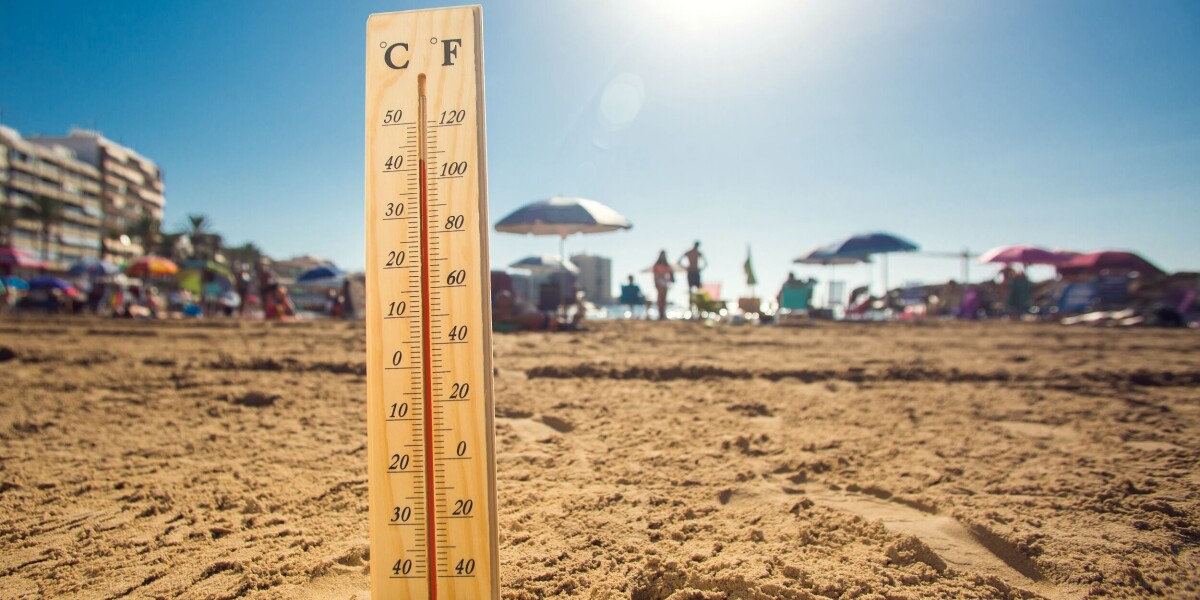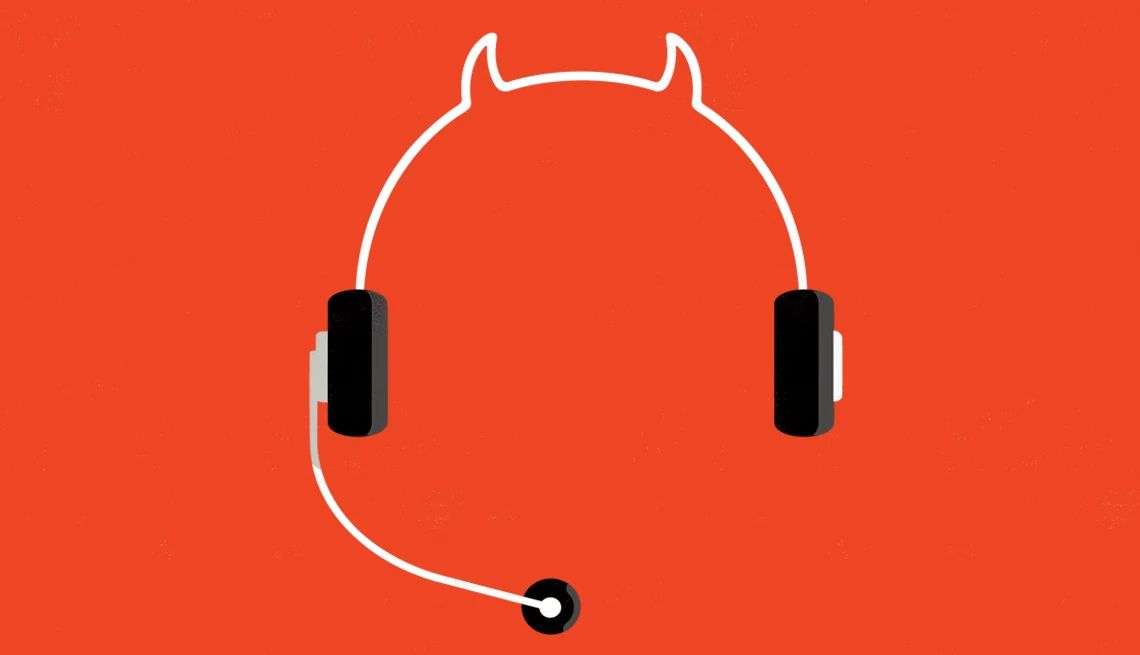
- Select a language for the TTS:
- UK English Female
- UK English Male
- US English Female
- US English Male
- Australian Female
- Australian Male
- Language selected: (auto detect) - EN
Play all audios:
France’s ongoing heatwave has already seen four departments on red alert, with a further 15 being added on Tuesday night. Drôme, Ardèche, Haute-Loire, and Rhône were all placed in the
highest category yesterday (August 21) by _Météo France._ A further 15 departments – Ain, Loire, Isère, Aveyron, Lozère, Gard, Vaucluse, Hérault, Tarn, Tarn-et-Garonne, Aude, Lot,
Lot-et-Garonne, Haute-Garonne and Gers – were added to the list on Tuesday evening, with the red alert warnings coming into effect in these departments overnight on Tuesday. There are also a
number of departments currently facing tier-three orange warnings for heatwave conditions in the across the country. A red level warning means that outdoor events could be cancelled by
prefectures. In the Var in the south, a number of forests have been closed to the public today, both to minimise the risk of forest fires but also the risk of heat-related injuries in areas
hard to reach for emergency services. A red level warning means that the plan canicule (heatwave plan) to protect people in these areas has reached its highest level. This level is announced
only during exceptional, very intense and long-lasting heatwaves. During a red-alert heatwave, there are often droughts, issues with the supply of drinking water and demand for hospitals
and / or funeral homes is higher and establishments can be overrun. There can also be power cuts and potentially forest fires. Working hours or practices are adjusted. The government also
SET UP AN INTER-MINISTERIAL CRISIS GROUP to help manage the heatwave, which is due to continue into tomorrow. Weather forecaster _Météo France _said that an incoming storm rolling in from
the north west on Thursday evening – which will reach the south of the country by Friday – will bring down temperatures. The current heatwave affecting much of France is caused by a ‘heat
dome’ of high pressure air trapping and recirculating warm air at ground level, but the arrival of a storm will pierce the dome. The storm could even cause temperatures to drop by up to 20C
between Wednesday and Friday. READ ALSO: FRANCE HEATWAVE: WHAT TO (AND NOT TO) EAT AND DRINK RECORD HIGHS BROKEN IN FRANCE In the Rhône valley, the heatwave has been ongoing for almost two
weeks, and for many other departments in the south, warnings have been in place for around a week. A number of locations recorded temperatures above 42C on Monday (August 21) – in Laplaud
(Vaucluse), a temperature of 42.7C was recorded, the highest of the day. Overall, 14 locations recorded their highest ever temperatures since records began in 1947 yesterday. In Brittany – a
region that usually escapes very hot spells, temperatures of over 30C were recorded, significantly higher than August averages, and nationally, temperatures today are 7.5C higher than the
expected average for August 22. On Tuesday morning, temperatures were already 29C in Nice and Hyères (Var) at 05:00, and thermometers across the south of France could again reach 42C, with
today and tomorrow being the “peak” of the heatwave according to forecasters. READ MORE: FRANCE HEATWAVE TIPS: HOW TO SLEEP, KEEP COOL AND STAY HEALTHY DEPARTMENTS ENTER HIGHEST HEATWAVE
LEVEL The elevation of the four departments to the highest warning level for heatwave was announced by the Minister of Ecological Transition Christophe Béchu on Monday afternoon. When _Météo
France _announces that a department is at a red-level warning, departments also enter the highest phase of the national plan canicule, which seeks to protect people living in those
departments. At lower levels, protective measures and assistance is geared towards elderly and vulnerable people, such as in hospitals, but on a red alert, measures can impact all of the
population. “When we reach the red level, it's the whole population that has to pay attention because we're entering a period when our bodies are exposed to heat that we must avoid
prolonging,” said the minister. Departmental prefects have the authority to cancel outdoor events at a red-level warning, as well as give instructions to leisure centres, sporting
complexes, festivals, and even crèches to adapt or cancel events held indoors. Prefectures can also temporarily shut down buildings (and the establishments inside of them) if temperatures
inside are too high. In the Alps, tourists are being warned to stay away from ski slopes, due to an increased risk of injury from the hot weather, although the slopes have not been outright
closed. The typical health advice for a heatwave - drinking lots of water, avoiding physical exercise, staying in cool places - still apply, but are encouraged even for those in good health,
and not just directed at vulnerable people. Also at red level, departments will start to put in place emergency measures for any side-effects that could arise, such as a loss of drinkable
water, or oversaturation of hospitals due to heat-related issues. As a reminder, people over 65 and those classed as vulnerable can be added to your local _registre canicule_, where the
mairie will regularly contact people on this list to make sure they are following heatwave advice. The government also launched a free heatwave information number last week (0800 06 66 66)
which is open between 09:00 and 19:00. READ MORE: HOW TO KEEP YOUR HOUSE COOL IN THE HIGH HEAT OF THE FRENCH SUMMER HEATWAVE TO END ON FRIDAY The current heatwave is set to come to an end by
Friday. An incoming storm from the British Isles – expected to enter over France from Brittany in the north west on Thursday evening – will bring with it cooler air, disturbing and breaking
the ‘heat dome’ currently over much of the country. The storm is expected to reach the south on Friday. Early predictions for September are that temperatures will be between 1C and 2C
higher than normal, but depending on criteria, could reach 10C in some areas. RELATED ARTICLES EXPLAINER: FRANCE’S ‘HEATWAVE PLAN’ AND HOW IT MAY AFFECT RESIDENTS 9 FRENCH EXPRESSIONS TO USE
WHEN THERE IS HOT WEATHER









